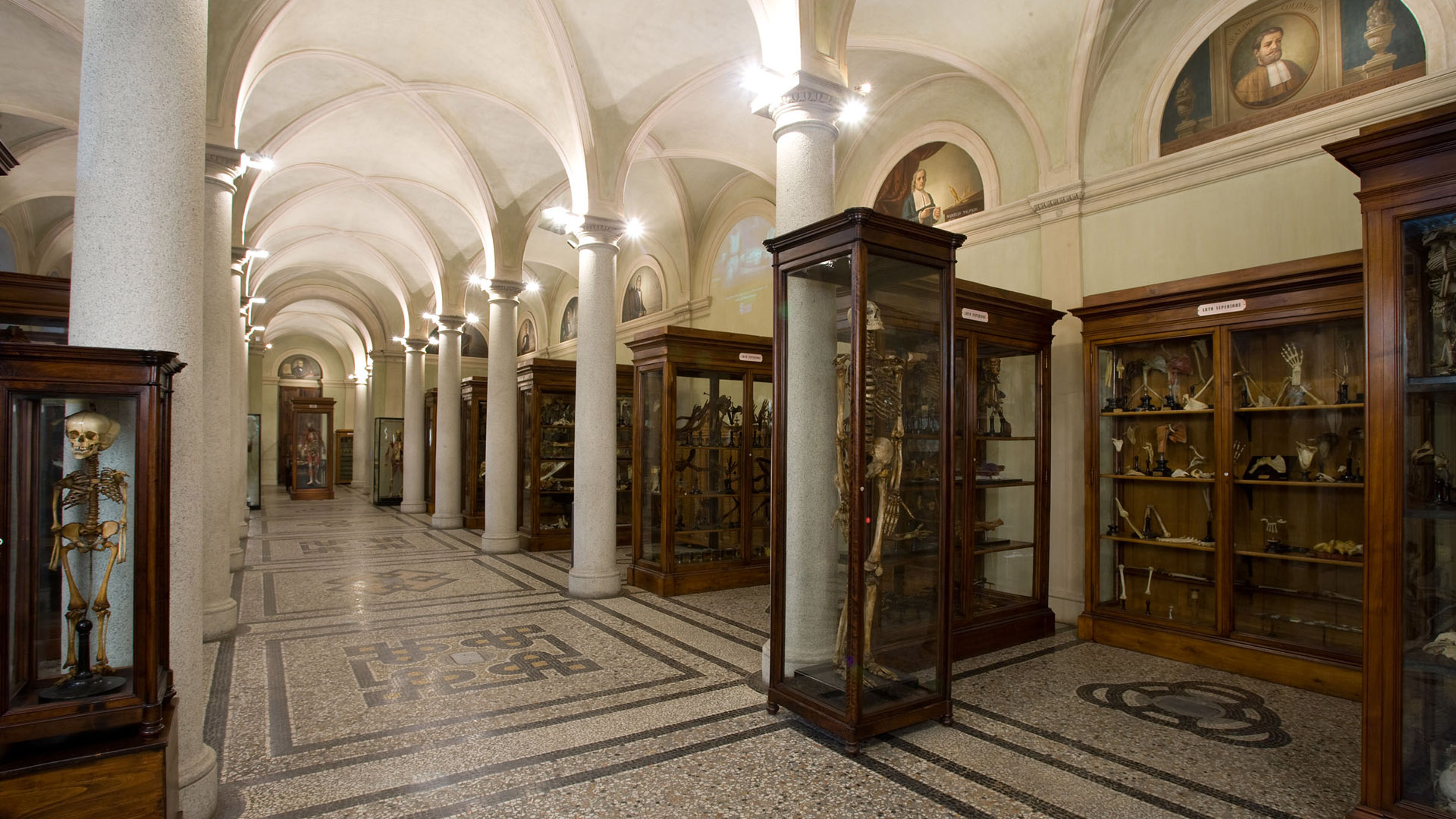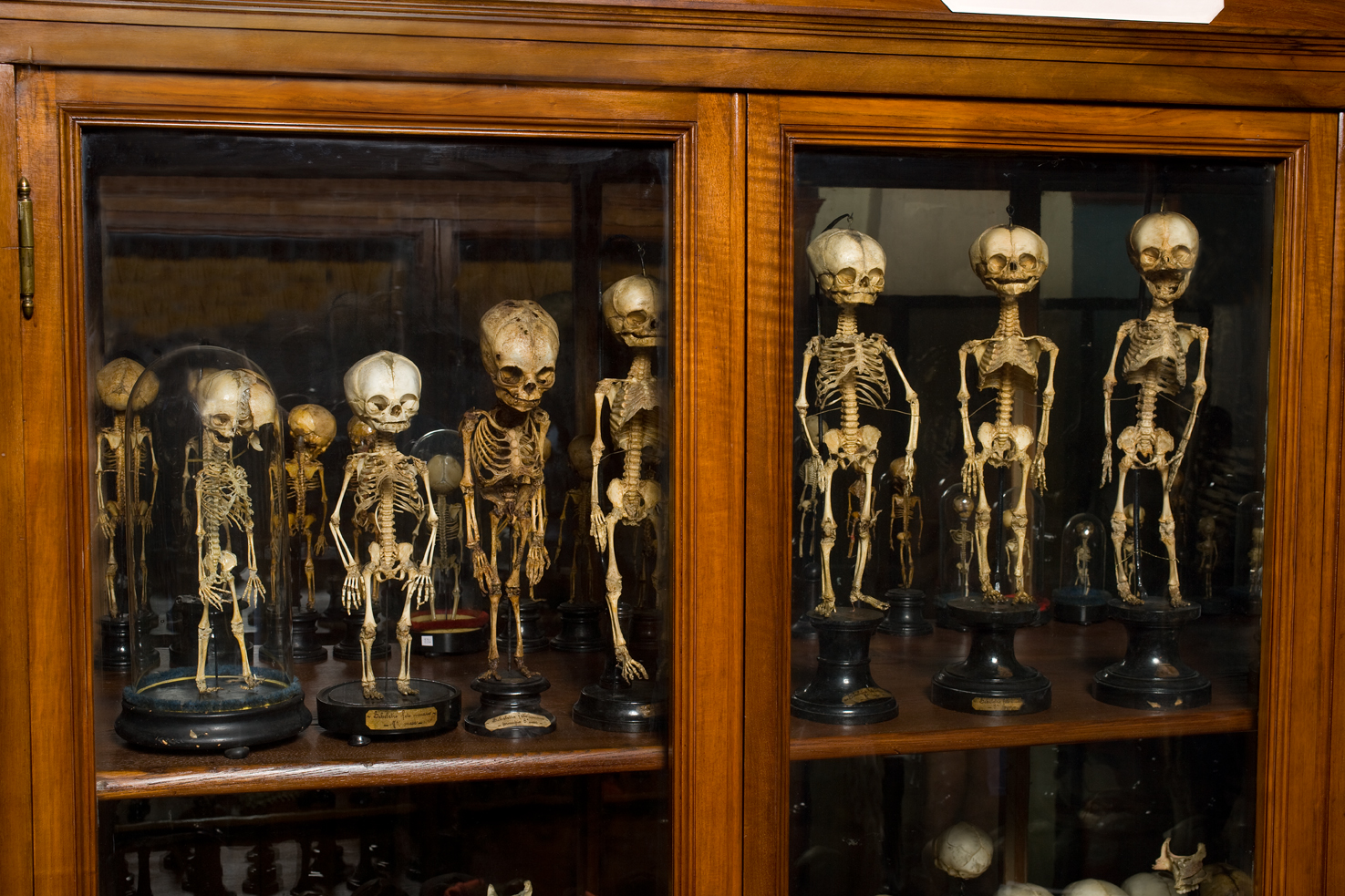


The Luigi Rolando Museum of Human Anatomy is an anatomy museum founded in 1739 with headquarters in Turin and part of the museum network of the University of Turin.

The study of anatomy in Turin began in 1563, with the arrival in the city of the Savonese scholar Angelo Visca, but it was only in 1739 that the first collection of anatomical preparations was produced, commissioned to Giovanni Battista Bianchi by Carlo Emanuele III for the University Museum.

From that collection there are still a valuable plaster statue of a pregnant woman, a decomposable model of a brain in wood and ivory and some waxes.

In 1830, thanks to the work of Luigi Rolando, the collection was increased by new finds and exhibited to the public in what is now the Egyptian Museum of Turin.

Between 1837 and 1898, under the direction of Carlo Giacomini, the collection was further expanded with the addition of anatomical preparations in alcohol and dry.

The spread of Charles Darwin's theory of evolution encourages the development of anthropological and primatological collections.

In 1898, with the completion of the building of anatomical studies, the museum was moved to its final location.

In addition to the collections of purely anatomical material, the museum also houses and exhibits collections of anthropological, phrenological, primatological, artistic and period instruments.

There is also a library and a documentary and photographic archive.

Luigi Rolando Museum of Human Anatomy
Address: Corso Massimo d’Azeglio 52 - 10126
Phone: +39 011 6707797
Site:
https://www.museoanatomia.unito.it/Location inserted by
CHO.earth